- Pool Chemicals
- 58 likes
- 18614 views
- 0 comments
It is the most popular and effective form of keeping water crystal clear. Chlorine is a powerful disinfectant that is not only used in pool technology, hence its popularity. On the other hand, compared to active oxygen, it is also cheaper. There are many myths about chlorine, its harmfulness and its odour intensity. This text will dispel any doubts.
- Chlorination is the most common and effective method of water disinfection
- Shock chlorination is the rapid increase in chlorine to instantly destroy any micro-organisms
- Chlorine odour is caused by incorrect dosage, resulting in chloramines
- High-quality products are completely safe for health
Contents
- Is chlorine for the pool necessary?
- How to chlorinate a swimming pool
- How much chlorine for the pool
- What is shock chlorination
- How to use shock chlorination
- Where does the smell come from?
- Is chlorine in a swimming pool harmful?
- How to neutralise chlorine in a swimming pool
- What instead of chlorine for the pool
- The devil is not so terrible....
- FAQ - Questions and answers
Related articles

Pool chlorine, why use it
No one doubts that swimming pool water should be a source of relaxation and well-being. The fun can be ruined by particles of organic compounds and thousands of bacteria. That's why effective pool disinfection is so important. We achieve this through the use of chlorine.
Read more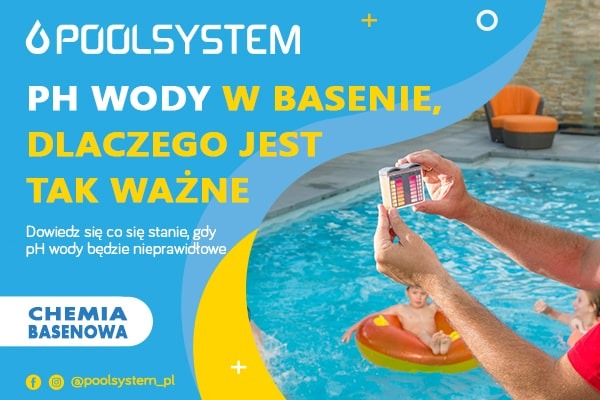
Why is the pH of the pool water so important?
People who have never had contact with pool technology may be very surprised at how much work is involved in maintaining a home attraction. When they start studying the subject, it turns out that it is not enough to pour water into the tank and enjoy the bath. The swimming pool, like plants, requires care from us, but for any action to make sense - it is about the pH of the water
Read more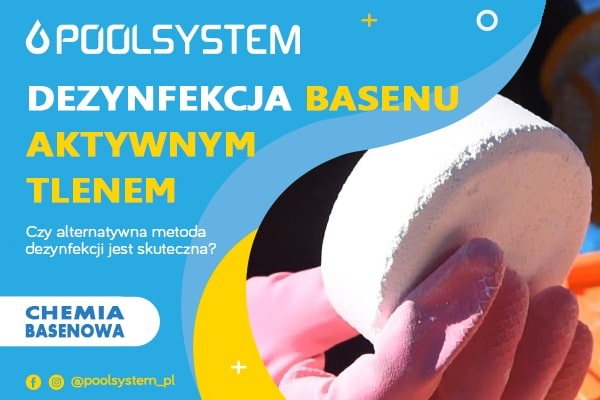
Pool disinfection with active oxygen
In order to maintain its purity, the water in the pool must be treated mechanically (filtration, water movement) and with chemical agents. Only a duo composed in this way will allow us to have crystal clear water, free from algae. That is why it is so important to disinfect the water regularly.
Read moreHow to chlorinate a swimming pool
Chlorination of a swimming pool is very simple. The preparation usually comes in the form of slowly dissolving tablets. This ensures that it is released gradually and destroys the bacteria formed in the water. The "liquid" version is used in automatic dosing stations.
Preparations should not be dropped directly into the water. Chlorine is a strong corrosive and can cause discolouration of the film on the walls and bottom of the pool. The tablets are inserted into special buoys that float on the surface and gradually dissolve the preparation in the water. This eliminates the effect of dissolving directly onto the surface of the pool basin. Chlorination of pool water is not complicated and can be handled by anyone.
Chlorine disinfection alone, however, is not enough. The chemicals must be supported by filtration. Therefore, in addition to using chlorine, you need to get the right filter set.
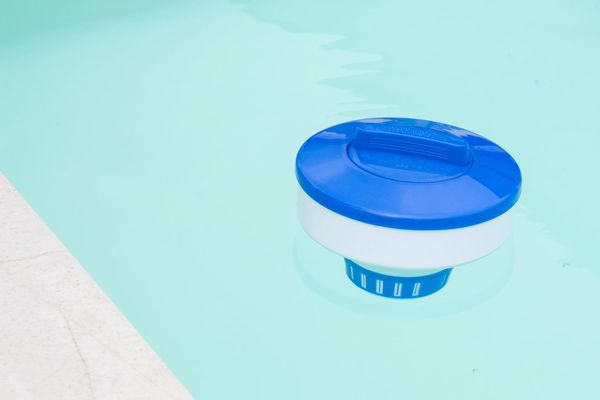
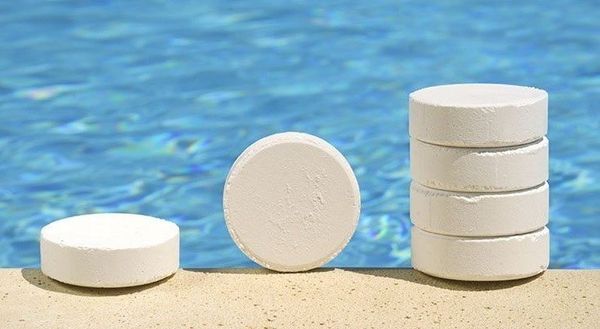
How much chlorine for the pool
Chlorine tablets can be found in various weights. To meet the needs of swimming pool owners, manufacturers have created tablets in 20g and 200g sizes. This makes it easier to measure the quantity of tablets thrown in.
Chemoform, in the case of the 20 gram tablets, recommends that 2-3 tablets be thrown in for every 10m3 of water when using them for the first time. This gives 6g of preparation per 1000L (1m3). For further use, he recommends 1-2 tablets per 10m3 every 4-6 days, i.e. 4g of preparation per 1000L of water.
Chemoform also has 200g tablets in its range. According to the manufacturer's recommendations, 1 large tablet is sufficient for 40 -50m3 of water for a period of 7 - 14 days.
For very small tanks, the manufacturer has created 7g tablets. For the first use, one portion should be used for every 1000l of water. In further use, a little less than half a tablet (3g) per 1m3 of filled pool (1000L) every 2-3 days.
You will also find Bayrol chlorine in our range. This comes in 200g tablets. According to the manufacturer, one 200g tablet of Chlorilong is designed to treat the water in a pool of approximately 30m3 for up to 14 days. That is, approximately 7g per 1000L of water.
See all products from the pool chlorine category
Useful products
What is shock chlorination
It can happen that, despite regular use of chlorine, there is still something wrong with the water. A greenish colour, an intense smell of chlorine - these things happen and it doesn't mean that we are bad "hosts". The heat, the high volume in the pool are factors that cause the water to "spoil" more quickly and we are not always able to keep an eye on this. The source is the resulting chloramines, which mean that the water is not sufficiently disinfected. In such cases, shock chlorination must be carried out.
Shock chlorination is bringing about a rapid increase in the level of chlorine in the water by increasing the chlorine dose several times. The high concentration has an immediate effect and kills all bacteria, destroys algae and, most importantly, oxidises the chloramines. We then get rid of the persistent smell of chlorine, which irritated our eyes and mucous membranes. It is recommended that, even if there is nothing wrong with the water, shock chlorination should be carried out prophylactically at least once a month, and preferably twice.
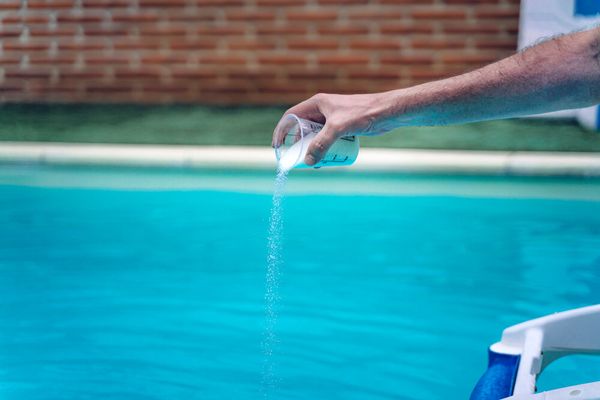
How to use shock chlorination
Before using shock chlorination, the pH of the water should be checked. It should be between 7 and 7.4. Only under these conditions will the chlorine action be effective. Chlorination should take place in the evening. Above all, then we can be sure that no one is using it and that UV radiation will not interfere with the reaction. There are many shock chlorination agents on the market. These are highly concentrated agents that are designed to dissolve as quickly as possible and take effect immediately. On each package, the manufacturer has instructed on the dosage to be used.
Bayrol Chloriklar is a product in 20 g. tablets. For shock chlorination of swimming pools in turbid water and where algae is evident, use 10 tablets per 10 m³ of pool water. The manufacturer also offers chlorine shock in Chlorfix granules. In its case, use 200 g of the product per 10 m³ of pool water.
In our shop you will also find a product called HTH Chlor Shock. It has a convenient measuring cup holding approximately 250-300g of the product. This amount should be poured into 20 m3 of water.
Where does the smell come from?
There is a not very good opinion circulating among some people about chlorine disinfection. Sceptics point out the peculiar odour, the possibility of irritating the eyes or respiratory tract. This is usually linked to the use of low-quality products or too high a dose not in line with the manufacturer's recommendations. Paradoxically, the smell of chlorine can be caused by too low a dose. Chlorine tries to break down all the impurities in the water. If there is too little of it, it cannot do this and starts to bind it. This results in the production of irritating chloramines. These are what chlorine smells like. Our sweat and urine residues encourage this process. The solution is shock chlorination.
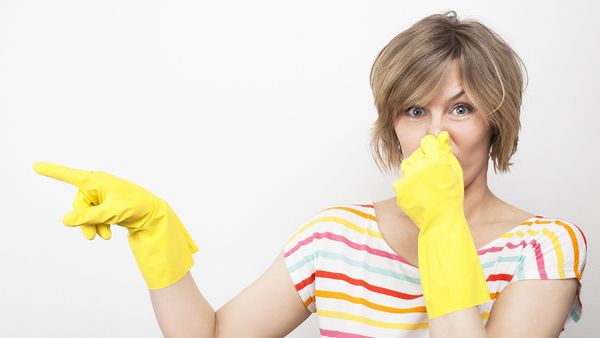
Expert Advises!
Only high quality pre-preparations will result in safe disinfection and clean, odour-free water. With a good quality product, chlorine is not perceptible.

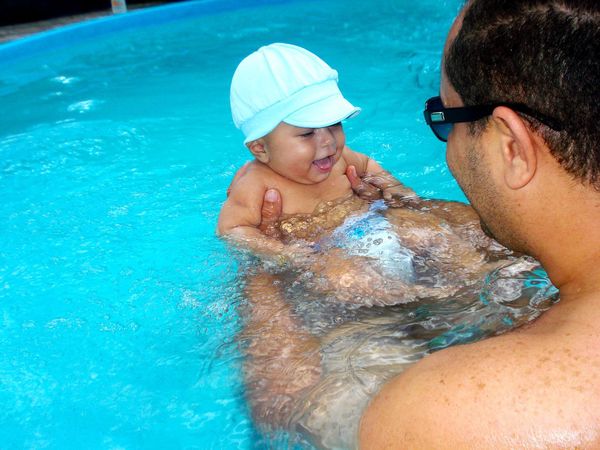
Is chlorine in the pool harmful?
There is a saying "everything in excess is harmful", even drinking a lot of mineral water in a short period of time can be hazardous to health. High-quality chlorine disinfection products are completely safe if the manufacturer's recommendations and instructions are followed. The exceptions are people with sensitive skin or allergies. Chlorine is a very aggressive chemical and can cause negative reactions such as burning, itching and rashes.
To be safe, it is a good idea to get a free chlorine tester. If the meter indicates a value of less than 1.5 mg/l, we can be sure that the pool water is safe for our health.
How to neutralise chlorine in a swimming pool
It can happen that the amount of chlorine in the water is too high. Many people then wonder what to do to neutralise the chlorine in the pool. Paradoxically, we can do nothing. The chlorine in the water will, in time, dissipate on its own. How long it takes depends on many factors and it is difficult to specify how long it will take.
If we don't want to wait, pool chemical manufacturers have a range of products to reduce chlorine in the water. This is for example the product Chlor stop from Chemoform. With this product you can very quickly reduce the chlorine content to the ideal value (0.6-1.0) to allow the pool to be used by bathers again. The amount of chemical we need to apply is easy to calculate - for every mg/l of chlorine content to be reduced, 1g of Chlor Stop should be dosed per m3 of water.
In a 15m3 pool, the chlorine value is exceeded by 0.4 mg/l.
15 m3 x 0.4 mg/l = 6 g
This means that in order to reduce the chlorine to the appropriate values, 6 g of preparation must be poured in.
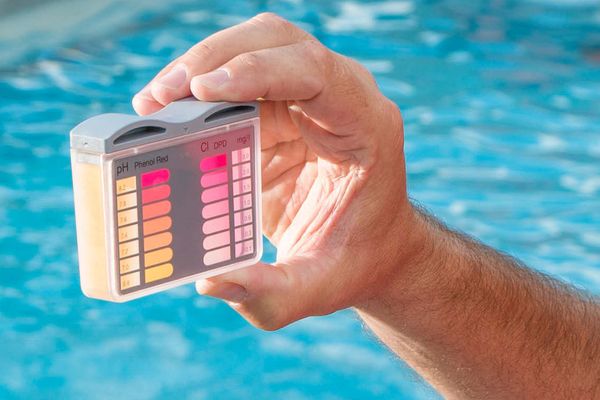

What instead of chlorine for the pool
Chlorine disinfectants are very popular because of their speed and effectiveness, low price, simplicity of dosage. However, it is not the only method of disinfection. As we have already mentioned, chlorine is an aggressive agent that can cause allergic reactions. Fortunately, there are alternative methods for disinfecting swimming pool water. Among the most popular method, we can include active oxygen.
Active oxygen disinfection is said to be a safe method of water cleaning. It is true, active oxygen does not cause any allergic reactions, nor does it produce chloramines. An effective method, albeit more difficult to maintain ideal parameters. Active oxygen requires the use of supportive preparations, so-called activators, which make its action more effective.
A method often confused with active oxygen, due to the fact that ozone is a variant of it. A solution used more in public swimming pools. It consists of introducing ozone molecules into the pool, which break down into oxygen in the water and remove all viruses, bacteria and fungi. It is 15 times more powerful than chlorine, which translates into greater efficiency. However, it has the disadvantages of a high price of the technology and constant control due to toxicity.
This solution is used more often in private pools. The pool water is irradiated by special lamps emitting ultraviolet radiation. It removes almost all bacteria and other micro-organisms by destroying their DNA. It is not a stand-alone method, as it only complements chlorination. However, UV light has the advantage of oxidising chlorine compounds. This neutralises the unpleasant smell of chlorine in the water.
The devil is not so terrible....
Chlorine among people has different opinions. Everyone wants their recreation to be safe. We, looking back on many years of experience, can assure you that high-quality chlorine products are the safe and most effective method of water disinfection. It must be supplemented with filtration and the water parameters checked regularly. However, maintaining a swimming pool is like tending a garden. It needs to be nurtured and cared for so that it is the pride of its owner.

Chlorine disinfection is only one part of the action and the measure alone is not enough. The water must be filtered and the basin cleaned regularly. Only these measures will keep the water clean and crystal clear.
Definitely not, too high a concentration will irritate mucous membranes and can be dangerous. You should regularly test the level of chlorine in the pool with testers.
Special testers and meters are used to check the level of chlorine. These come in traditional form, where we compare the colour of the solution to the scale. There are also electronic versions that are more accurate.
Although the method of disinfection with active oxygen is good, the most effective form of disinfection is chlorination. When using active oxygen, it is recommended that shock chlorination is carried out at least once a month.
FAQ - Questions and answers
Ask a POOLSYSTEM.PL specialist

Tomasz Tomkowicz
Pool Technology Specialist
Thank you for reading our article, if you have more questions or need more specialized help - write to me using the form.
Look for answers in our knowledge base
Jestem bardzo zadowolona z usług tej firmy. Każdy nam odmawiał pomocy, nawet firma montująca basen. Pool system zjawił się i doprowadził basen sprzed paru lat do stanu używalności, co więcej dokonał napraw uszczelniających co spowodowało ze basen stał się w pełni sprawny. Naprawdę polecam !

Bardzo miła i sympatyczna obsługa oraz fachowe doradztwo techniczne.

Bardzo profesjonalna i cierpliwa obsługa. Odbierają telefony, wszystko dokładnie wytłumaczą, wysyłają praktycznie na drugi dzień każdą część którą potrzebuje klient. Pan Krzysztof z serwisu rzetelnie podpowie co zrobić i jak rozwiązać swój basenowy problem, jeśli chcemy majstrować przy basenie sami. Pan Paweł i Marcin też skarbnica wiedzy technologii basenowej. Dobre ceny. Polecam firmę i pozdrawiam zespół POOLSYSTEM

Jak budujesz basen to to miejsce jest dla ciebie, osprzęt, doradztwo i miła obsługa.

Super obsługa doradzi pomoże,ceny na duży plus .Polecam

Bardzo mili ludzie, to naprawdę profesjonaliści. Nie lubię zakupów, ale spotkanie z Nimi było bardzo przyjemne.






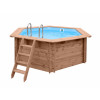
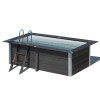
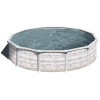
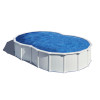
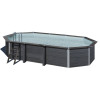
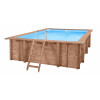
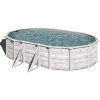
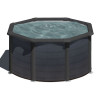








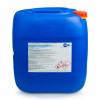
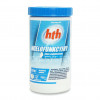
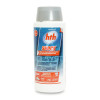
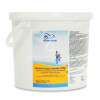
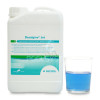
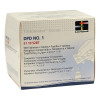





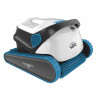

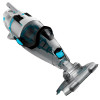
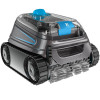
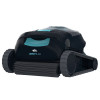
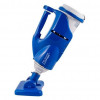




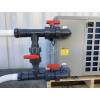
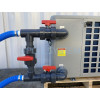
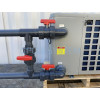











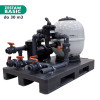
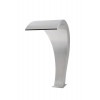
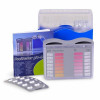
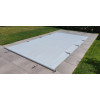

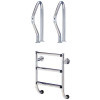










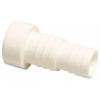
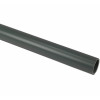
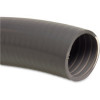
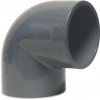
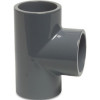
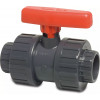
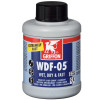
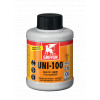







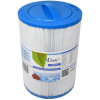
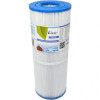
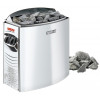



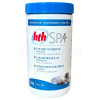
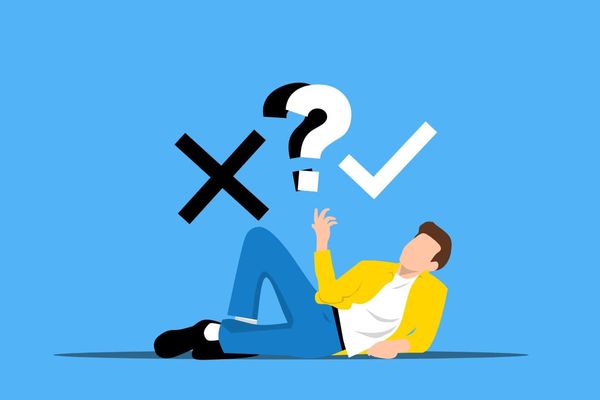
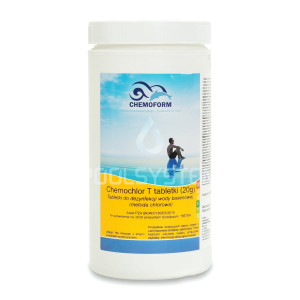

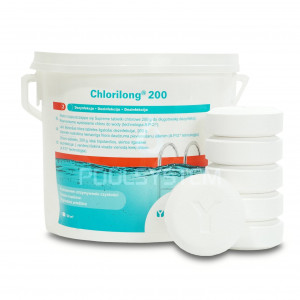



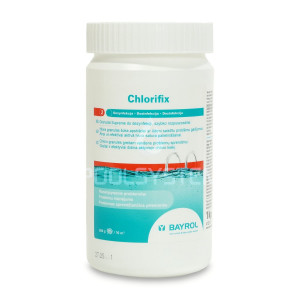

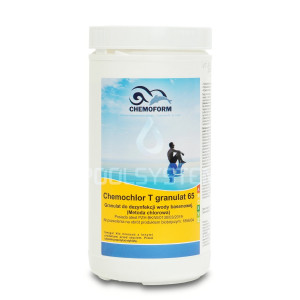

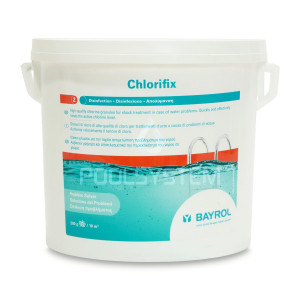




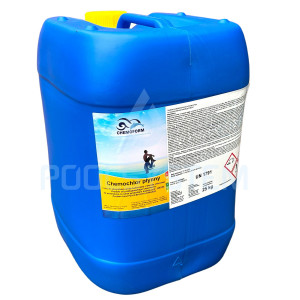
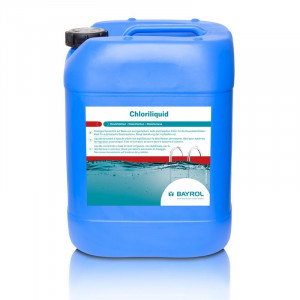
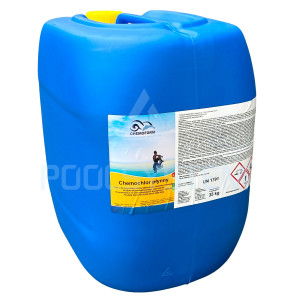
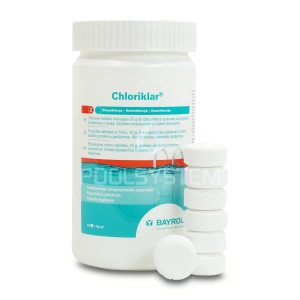

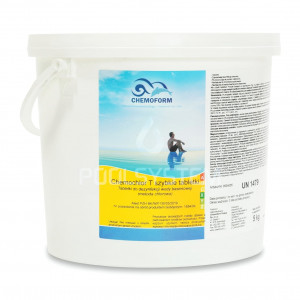





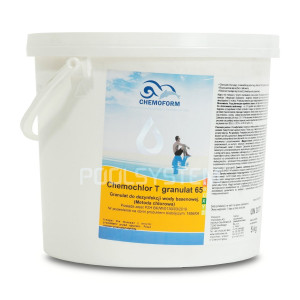

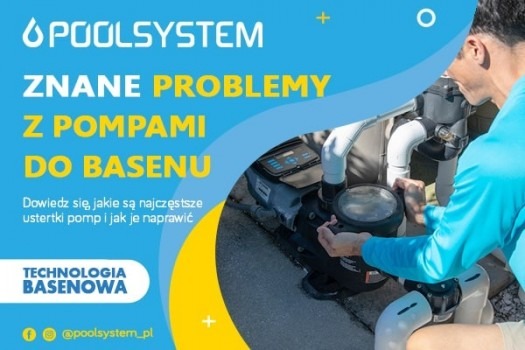
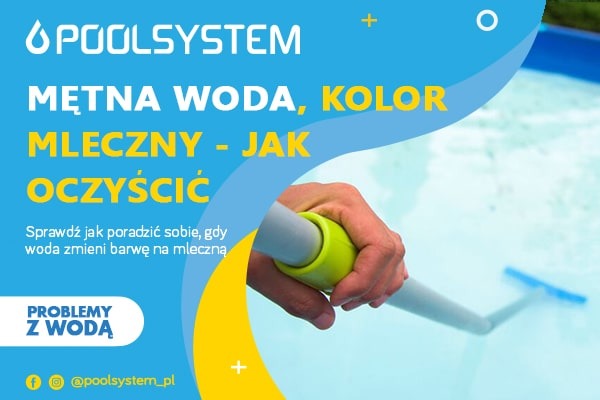
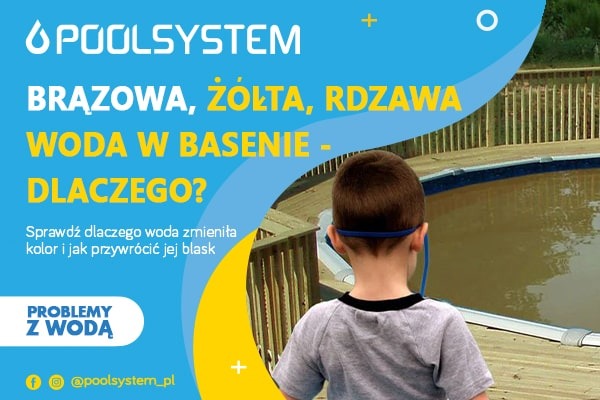
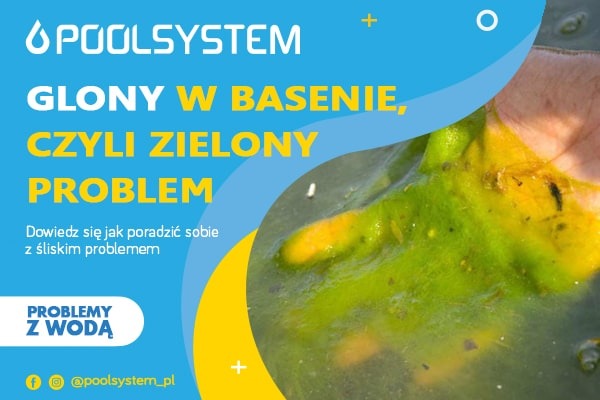
Comments (0)